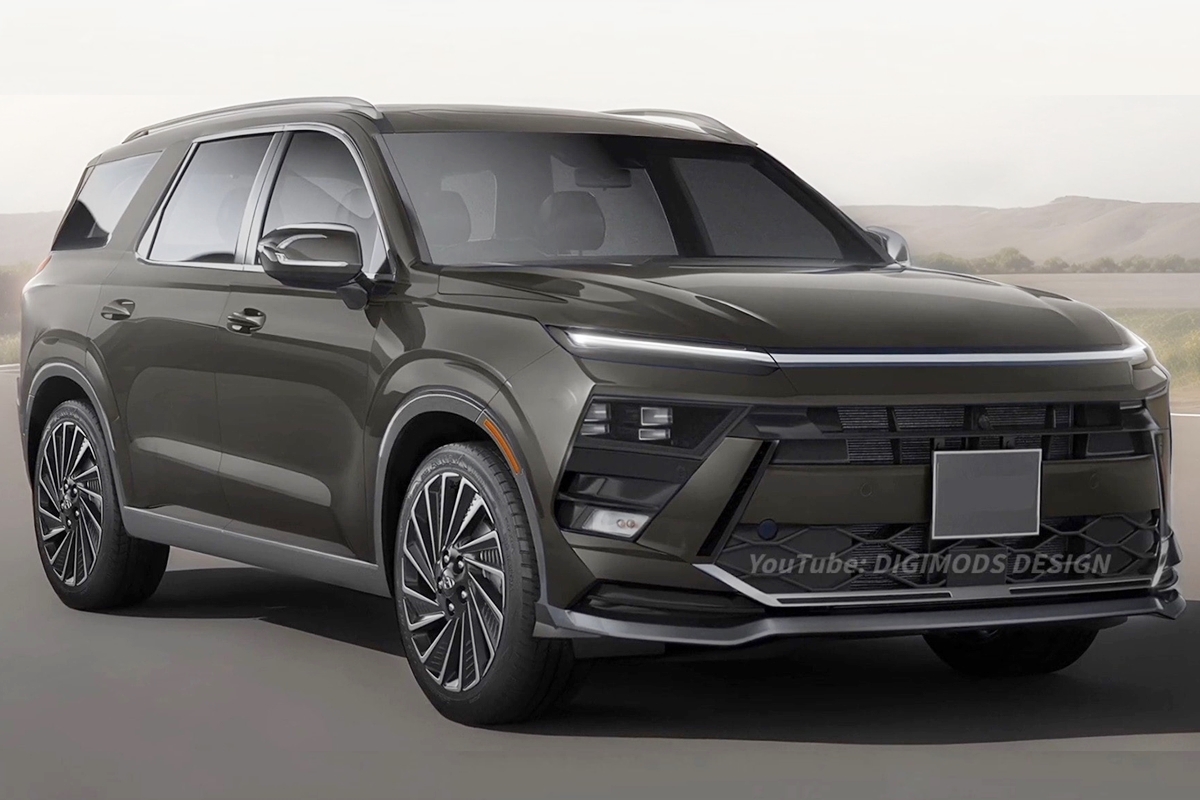Hyundai, renowned for its innovative approach to automotive design, continues to shape the future of mobility with each new model. This article explores the potential future car design trends that Hyundai may embrace, drawing insights from current industry developments, technological advancements, and Hyundai’s own design philosophies.
Embracing Electrification and Sustainability
Shift Towards Electric Vehicles (EVs)
Hyundai has already made significant strides in the electric vehicle market with models like the Hyundai Ioniq 5 and the Hyundai Kona Electric. The trend towards electrification is expected to continue, influencing Hyundai’s future car designs in several ways:
- Innovative Aerodynamics : Electric vehicles often require improved aerodynamics for enhanced range. Expect Hyundai to incorporate sleek, streamlined designs that minimize drag and maximize efficiency.
- Distinctive EV Identity : Future Hyundai EVs may feature unique design elements such as closed grilles, flush door handles, and futuristic lighting signatures, reflecting their electric powertrains.
- Integration of Sustainable Materials : Hyundai is likely to expand its use of eco-friendly materials in future designs, emphasizing sustainability throughout the vehicle’s lifecycle.
Commitment to Sustainability
Hyundai has been proactive in adopting sustainable practices, from manufacturing processes to vehicle design. Future Hyundai cars are expected to incorporate:
- Recycled Materials : Increasing use of recycled and bio-based materials in interior trims, upholstery, and exterior components to reduce environmental impact.
- Lightweight Structures : Continued focus on lightweight materials such as carbon fiber and aluminum to improve efficiency and performance.
- Efficient Manufacturing : Hyundai will likely optimize manufacturing processes to minimize waste and energy consumption, aligning with global sustainability goals.
Also Read : A Look at Hyundai’s Newest Car Design Innovations
Integration of Advanced Technologies
Autonomous Driving and AI Integration
The future of car design at Hyundai will undoubtedly be influenced by advancements in autonomous driving technologies and artificial intelligence (AI):
- Simplified Interiors : As autonomous driving capabilities evolve, Hyundai may redesign interiors to prioritize passenger comfort and interaction, potentially incorporating swiveling seats, retractable steering wheels, and advanced entertainment systems.
- Enhanced Safety Features : Expect future Hyundai models to feature advanced sensor arrays, LiDAR systems, and AI-driven predictive analytics to ensure a safe and intuitive driving experience.
- Connected Ecosystems : Hyundai cars may become integral parts of connected ecosystems, seamlessly interacting with smart cities, infrastructure, and other vehicles to optimize traffic flow and enhance convenience.
Digital Design and Virtual Reality (VR)
Hyundai’s design process will continue to leverage digital technologies and virtual reality (VR) for:
- Rapid Prototyping : Enhanced digital design tools will enable Hyundai designers to iterate quickly and efficiently, refining concepts and exploring new aesthetic possibilities.
- Customer Engagement : VR experiences will allow customers to visualize and customize their vehicles before purchase, offering a personalized and immersive shopping experience.
- Collaborative Design : Virtual design reviews will facilitate global collaboration among Hyundai’s design teams, ensuring that diverse perspectives shape the final product.
Designing for Urban Mobility and Lifestyle
Urbanization Trends
With the global population increasingly concentrated in urban areas, Hyundai will likely design cars that cater to urban mobility challenges:
- Compact and Agile Designs : Future Hyundai models may prioritize agility and maneuverability, featuring compact dimensions and advanced parking assist technologies.
- Shared Mobility Solutions : Hyundai may explore innovative concepts such as autonomous ride-sharing vehicles and urban air mobility solutions to address urban congestion and sustainability concerns.
- Flexible Interiors : Modular interiors that can adapt to different uses (e.g., cargo space, passenger seating, recreational areas) may become a hallmark of Hyundai’s urban mobility designs.
Personalization and User Experience
Hyundai will continue to enhance the user experience by:
- Customization Options : Offering extensive customization options for interior materials, colors, and technology features to cater to diverse consumer preferences.
- Intuitive Interfaces : Introducing intuitive user interfaces, augmented reality (AR) displays, and voice-activated controls to simplify vehicle operation and enhance connectivity.
- Emotional Design : Hyundai may focus on creating emotionally engaging designs that resonate with consumers on a personal level, fostering brand loyalty and satisfaction.
Conclusion
As Hyundai looks towards the future of car design, electrification, sustainability, advanced technologies, urban mobility, and user-centric design will shape their approach. By embracing these trends and leveraging their innovative spirit, Hyundai is poised to continue leading the automotive industry in delivering compelling, efficient, and sustainable vehicles that meet the evolving needs of consumers worldwide.
This article explores Hyundai’s potential future car design trends, offering insights into how electrification, sustainability, advanced technologies, urban mobility, and user experience will influence their upcoming models.
(source)
Originally posted 2024-07-01 08:57:37.
